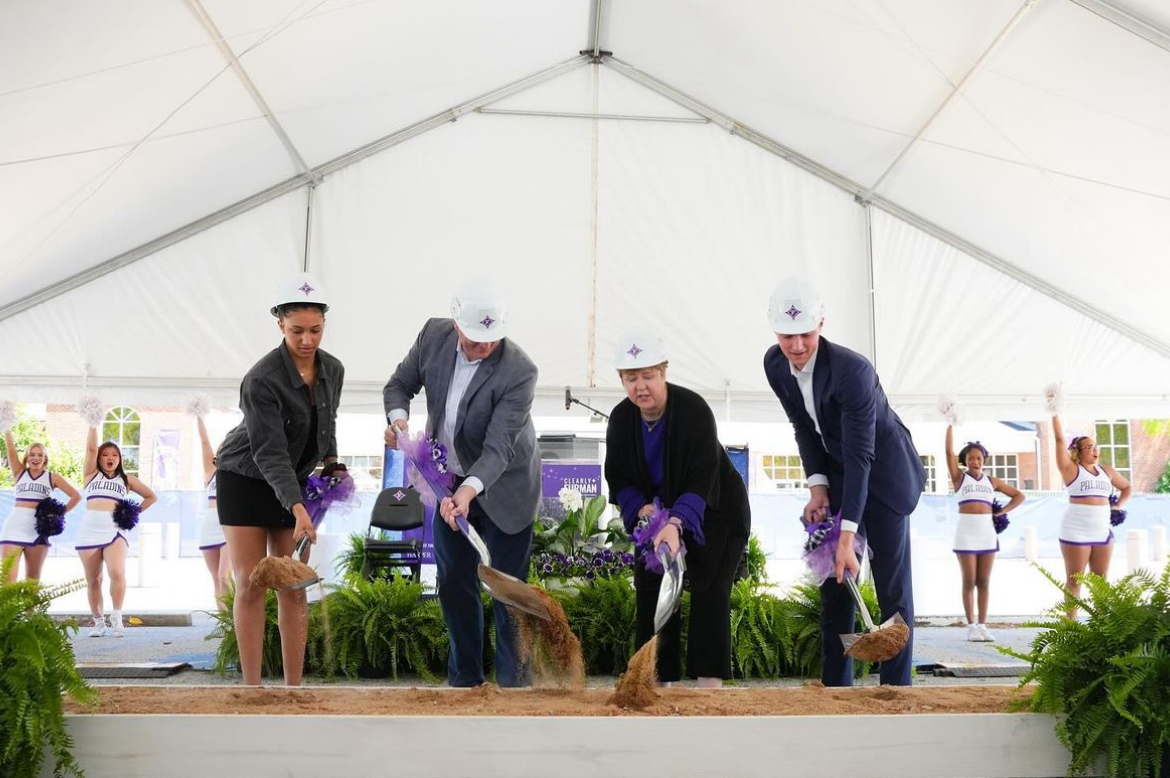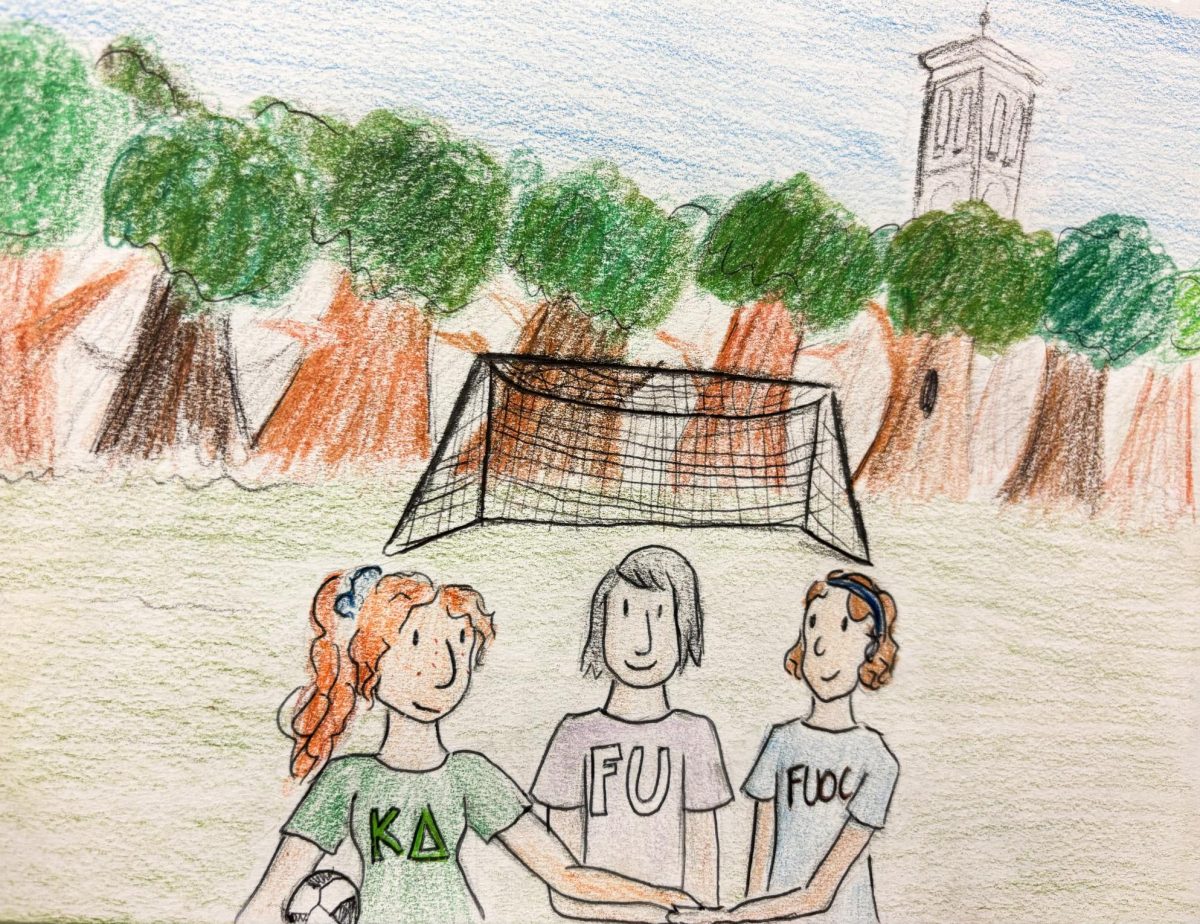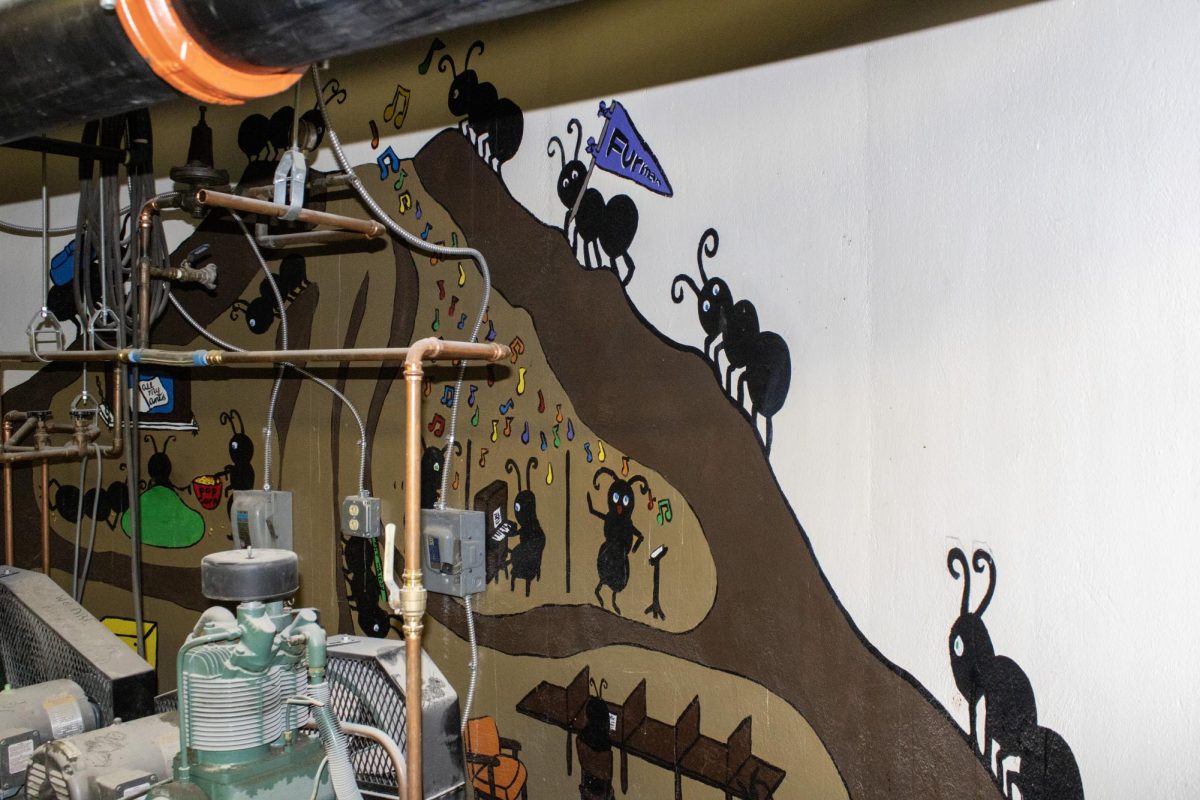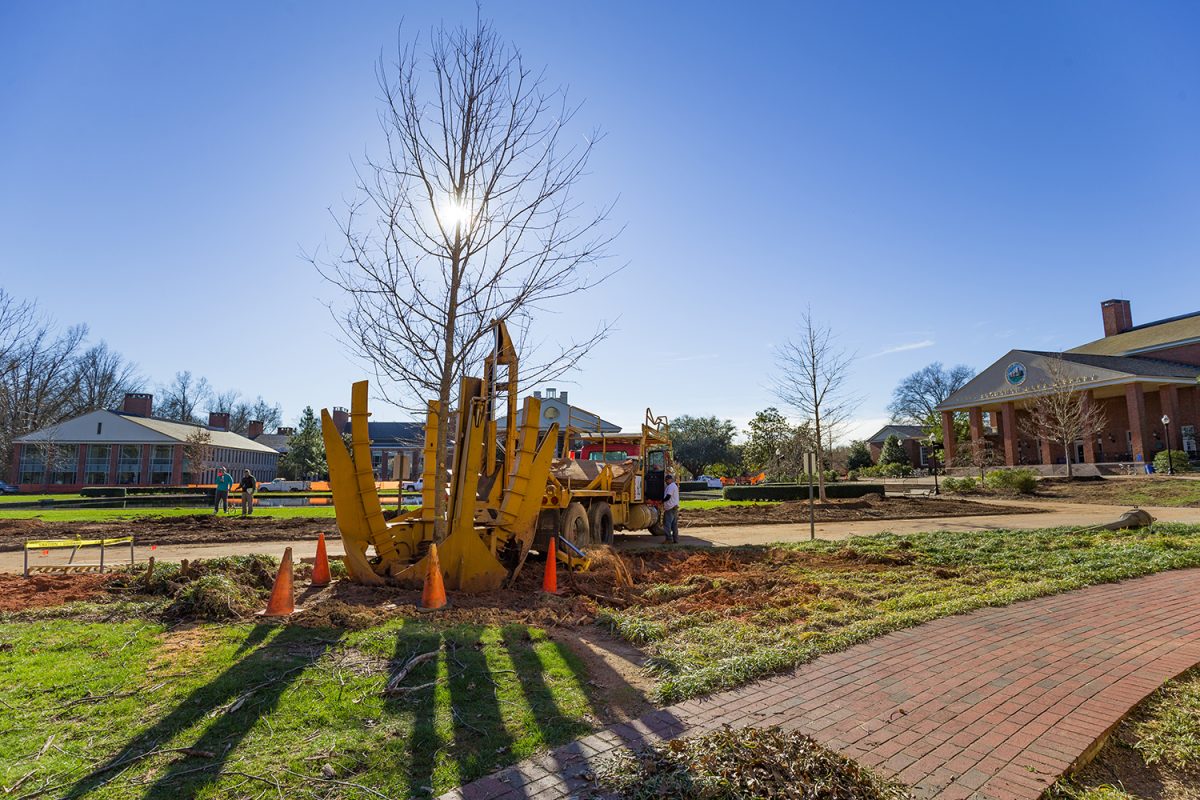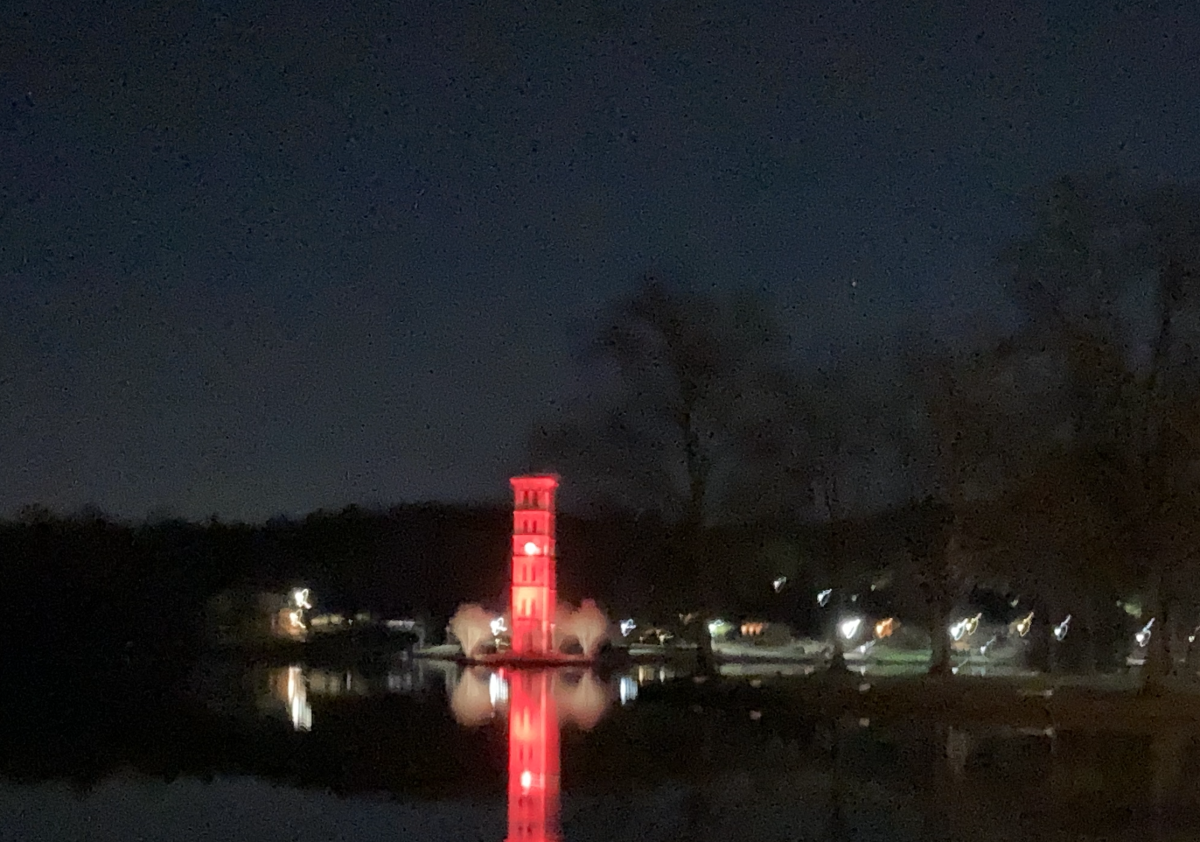America is often considered the embodiment of democracy and unity; however, recently it seems that Americans have become increasingly divided over a countless number of issues regarding our own domestic affairs, ranging from the #BlackLivesMatter Movement to the upcoming presidential election. Among these issues, the Dakota Access Pipeline which is meant to transport 470,000 barrels of oil a day from Pakota, North Dakota — which is near the Canadian border — to Illinois is drawing international attention. The project is purported to have the potential to pump millions of dollars into the economy, lower gas prices due to a higher availability of oil in those regions and create thousands of construction jobs. At first glance, the pipeline seems to be a beneficial project for the people of the United States; however, members of the Standing Rock Sioux tribe vehemently oppose its construction. The planned pipeline route will run directly through their ancient burial grounds and under a section of the Missouri River that remains the primary source of water for their reservation. Should the pipeline break, it will permanently damage their land and leave them without an adequate source of potable water. Unfortunately, this will not be the first time the Sioux have suffered at the hands of the United States government.
In 1868, the US government and several Native American tribes, including the Sioux, signed the Treaty of Fort Laramie,which guaranteed under the law of the United States the undisturbed occupation and use of their current land, which, at that point, included the Black Hills. Yet, only nine years later, the Black Hills were taken from the tribe and mined for their resources by the United States government. A century later, the Sioux won a Supreme Court case ruling in United States v. Sioux Nation of Indians that the Government illegally stole their lands. They were offered hundreds of millions of dollars in compensation; yet, because those lands held such importance to them, they refused to accept and instead pleaded for their land. They were denied the lands because a survey done in 1985 showed no archaeological evidence of the Sioux. However, in 2013, archaeologists unearthed ancient burial grounds, revitalizing the Sioux’s claim to the land. The Sioux recently revealed the 2013 surveys to the court, with hopes of being granted an injunction against further construction on the pipeline until the legal disputes are settled. Within twenty-four hours after the injunction, the Dakota Access Pipeline started construction over burial grounds outlined in the survey, destroying them forever, while claiming that they were making use of the 1985 surveys.
The land is indisputably significant to the Standing Rock Sioux, and the Dakota Access Company has been continuously disrespectful and insensitive to this cultural matter. Should you wish to stand with the Standing Rock Sioux, there are many ways to get involved: you can sign an online petition along with other Americans for the Government to directly interfere, throw a protest party to raise individual awareness of this issue or donate to the protest camp.

